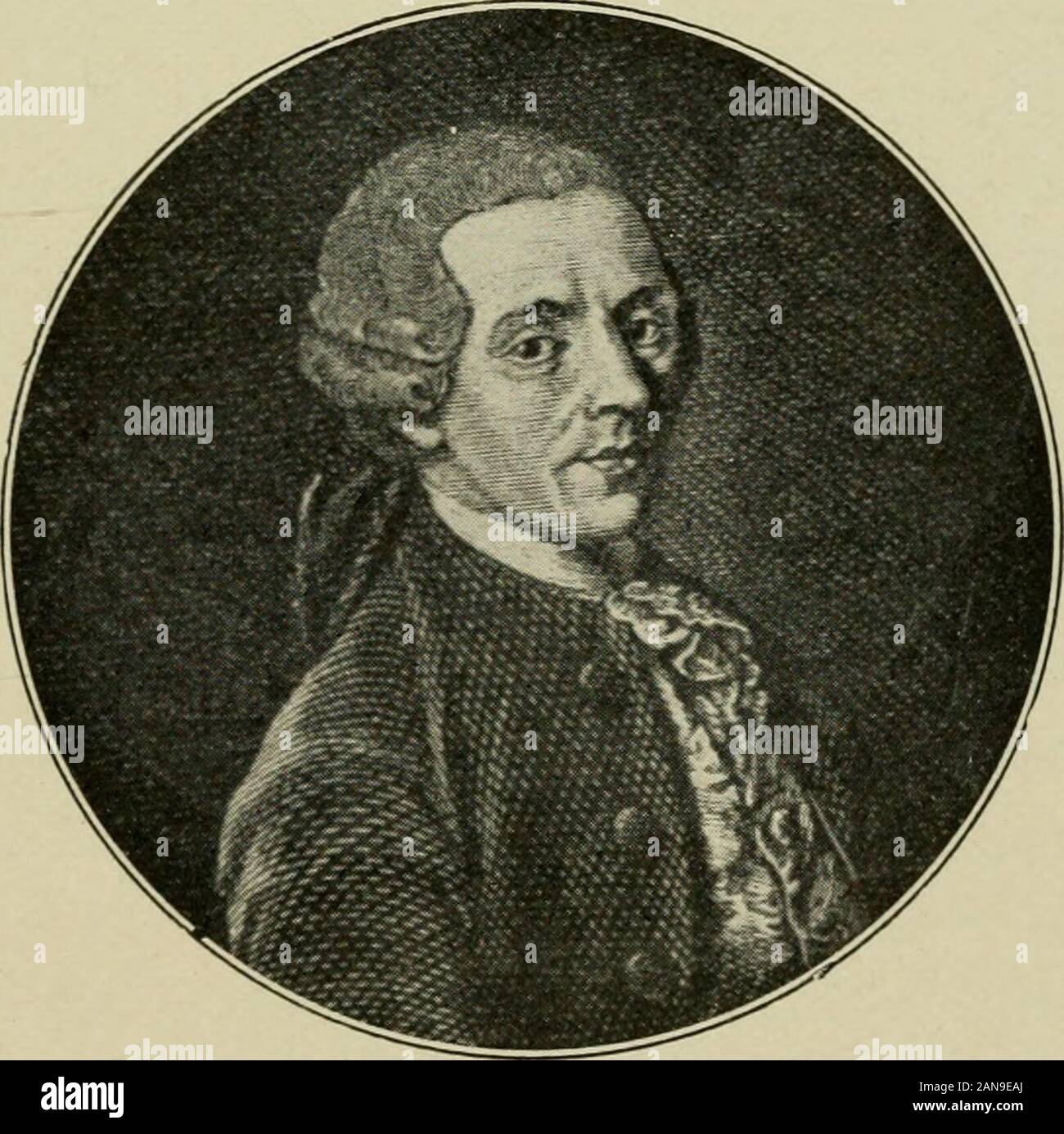Beethoven; a critical biography . G. S. NEEFE 1748-1798 (Gesellschaft der Musikfreunde,Vienna) J. G. ALBRECHTSBERGER 1736-1800 (Historical Museum at Frankfort-on-the-Main). F. J. HAYDN 1732-1800 (By Mansfeld) THE THREE TEACHERS OF BEETHOVEN LUDWIG VAN BEETHOVEN a certain number of his later compositions, down to thesonata Op. 110, in 1821. It would be useless to enumerate here all of Beethovensworks in which these three influences show themselves, evenwhen the master is in the full flower of his genius. Let itsuffice to note the sonata Op. 57, whose four wearisome tonesd?-dif-d>c are alr

Image details
Contributor:
The Reading Room / Alamy Stock PhotoImage ID:
2AN9EAJFile size:
7.2 MB (396.4 KB Compressed download)Releases:
Model - no | Property - noDo I need a release?Dimensions:
1584 x 1578 px | 26.8 x 26.7 cm | 10.6 x 10.5 inches | 150dpiMore information:
This image is a public domain image, which means either that copyright has expired in the image or the copyright holder has waived their copyright. Alamy charges you a fee for access to the high resolution copy of the image.
This image could have imperfections as it’s either historical or reportage.
Beethoven; a critical biography . G. S. NEEFE 1748-1798 (Gesellschaft der Musikfreunde, Vienna) J. G. ALBRECHTSBERGER 1736-1800 (Historical Museum at Frankfort-on-the-Main). F. J. HAYDN 1732-1800 (By Mansfeld) THE THREE TEACHERS OF BEETHOVEN LUDWIG VAN BEETHOVEN a certain number of his later compositions, down to thesonata Op. 110, in 1821. It would be useless to enumerate here all of Beethovensworks in which these three influences show themselves, evenwhen the master is in the full flower of his genius. Let itsuffice to note the sonata Op. 57, whose four wearisome tonesd?-dif-d>~c are already to be found in Haydns sonata toFrau Genziger, and in Rusts sonata in F^ minor; a themein the Wiirttemberg sonata in Ab major by Em. Bach isidentically the same as that of the Finale of the sonataOp. 27, No. 2 (the Moonlight Sonata); and finally, theAdagio of the sonata for violin and lute, by Rust, bears anastounding resemblance to the melody of the superb Andantewhich forms the middle movement of the trio Op. 97, dedi-cated to Archduke Rudolph. From all the preceding it is not rash to conclude that thisportion of Beethovens career was a period of imitation; â